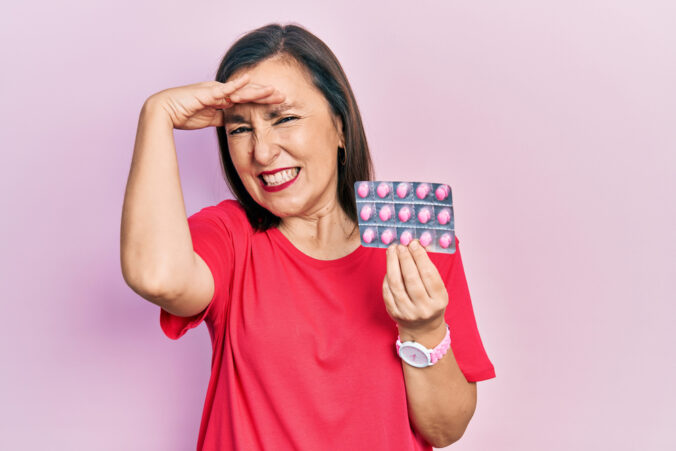Your hormonal replacement therapy will contain the following hormones:
-oestrogen
This is the hormone that will improve your symptoms, help your bone density and reduce your cardiovascular risk.
It can be given to you in different forms: as a tablet, as a patch as a gel.
None of these forms is superior to the other.
There are advantages and disadvantages in any of these preparations and the decision is made on careful evaluation of your risk factors and on your preferences as well.
It is important to note that they all have the same effect and one is no better than the other.
The transdermal form have the advantage of not increasing your risk of thrombosis but this might not be relevant for all patients.
-Progesterone
This is needed when patients have a uterus as it protects the womb. It is also still needed in some patients even if the womb is removed for example if they have endometriosis.
It can be given as tablet or a patch
It can be given for some part of the month or on a daily basis.
This is should all be explained to you at the time of your consultation.
-Testosterone
Can be added to treatment. It is mainly used to treat low libido.
It is important to be aware that some women can have negative effect on mood with testosterone.
It also requires accurate dosing and blood levels should be monitored to ensure you are not exceeding the doses.
Libido issues are common in menopause and they are not all solved by adding testosterone. It is important to have a frank conversation on what sexual issues you are experiencing to be able to give you the right help.
Also your vaginal health is very important. For many women the reduction in libido is due to the fact that sex is uncomfortable because of vaginal atrophy
Improving vaginal atrophy is more important that relaying on testosterone only.


Leave a Reply